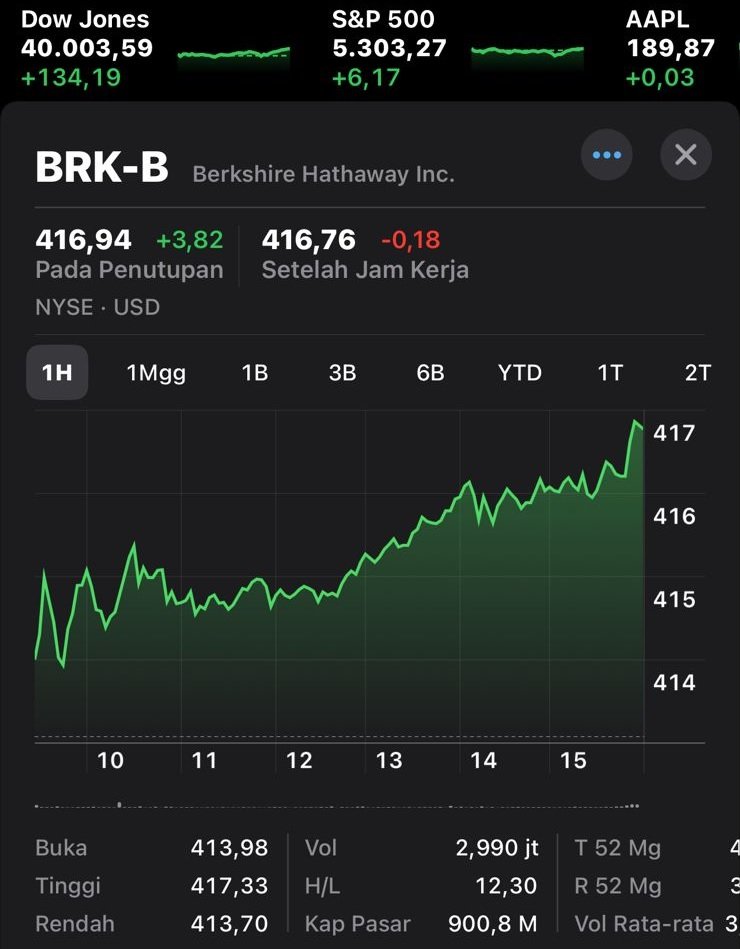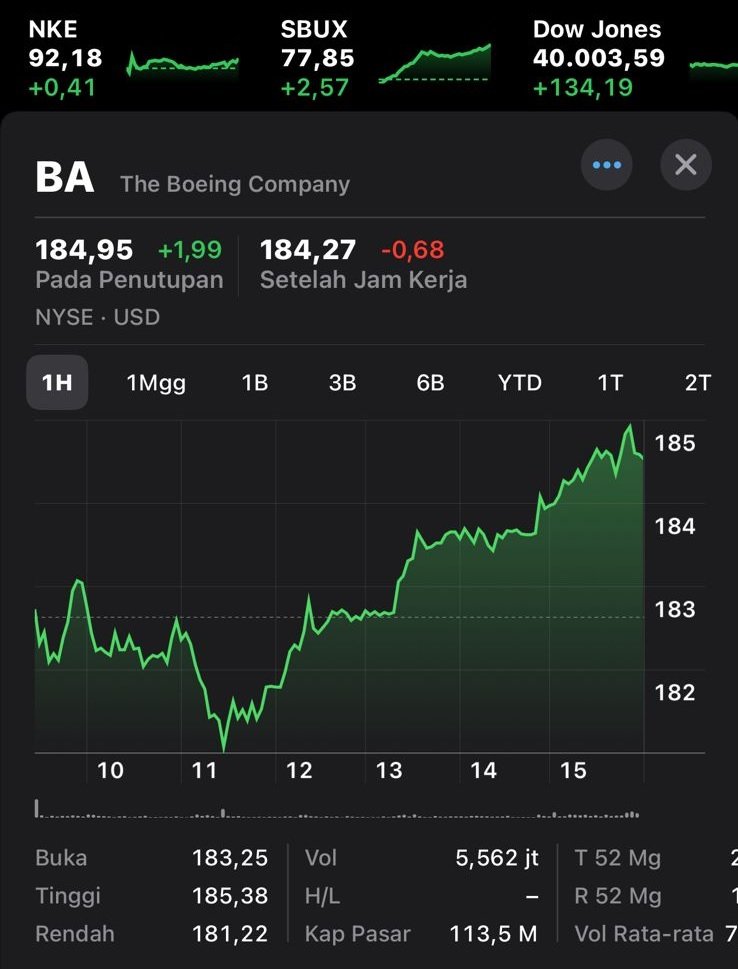Typical Hold Time in forex trading refers to the standard duration that traders usually spend holding a trading position before closing it. This concept is very important in trading strategies because it influences the final results of each transaction made. Typical Hold Time is the period of time used by a trader to monitor and take advantage of price movements in the forex market before they decide to take profit or close their position. Hold time can vary from a few minutes to several days or even longer, depending on the trading strategy implemented by the trader and the ongoing market conditions. A trader using a scalping strategy may only hold a position for a few minutes, while long-term traders may hold their positions for several weeks or even months.
The characteristics of Typical Hold Time include various factors that influence a trader’s decision to maintain or close a position. These factors include technical analysis such as chart patterns, technical indicators, and support and resistance levels. Apart from that, fundamental analysis such as economic news, monetary policy, and geopolitical events also play an important role in determining the right hold time. An experienced trader will use a combination of these analyzes to make better trading decisions.
The importance of Typical Hold Time lies in its ability to influence the risk and reward of each trading position. A properly chosen hold time can help traders reduce the risks associated with market volatility and provide opportunities for greater profits. However, a hold time that is too long may also increase the risk of unwanted market exposure, while a hold time that is too short may not allow traders to fully exploit the profit potential of price movements.
In practice, traders usually develop their trading strategies based on their experience, market understanding and individual trading style. They can also adapt their hold time according to changing market conditions and their trading goals. Thus, understanding and managing Typical Hold Time well is the key to achieving long-term success in forex trading, where consistency, discipline and the ability to adapt to market changes are the main determining factors.
Advantages of Using Typical Hold Time in Forex Trading
Using Typical Hold Time in forex trading has several significant advantages for traders. One of its advantages is that it allows traders to better manage risk. By determining the right hold time, traders can limit potential losses and optimize potential profits from each of their trading positions. Hold time adjusted to the trading strategy also helps in maintaining consistency and stability of the investment portfolio.
Additionally, Typical Hold Time allows traders to plan better in managing their time and resources. By setting a specific duration for holding positions, traders can manage their schedule more effectively, allowing for a more in-depth analysis of market conditions and recent developments. This also helps in avoiding impulsive decisions that could have a negative impact on trading results.
Another advantage of using Typical Hold Time is that it increases focus and peace of mind when making trading decisions. By having a clear plan for how long to hold a position, traders can reduce the stress and emotions that often influence trading decisions. This is important because forex trading often involves high volatility, and the ability to remain calm and rational in such situations can make the difference between success and failure.
Typical Hold Time helps traders to develop the discipline required in forex trading. By following a set hold time plan, traders can get used to consistency in their trading strategy. This discipline is key to achieving long-term goals in trading, where success depends not only on market knowledge and analysis, but also on the ability to follow a trading plan consistently.
How Typical Hold Time Works in Forex Trading
Typical Hold Time in forex trading works by referring to a strategy where a trader maintains a trading position for a certain period of time before closing it. This way of working is based on careful market analysis and a pre-prepared trading plan. When a trader decides to use a certain hold time, they are making a decision based on their estimate of price movements in the forex market within that time period.
First of all, a trader will carry out technical and fundamental analysis to predict the possible direction of currency price movements. Technical analysis involves observing chart patterns, technical indicators such as moving averages or MACD, and support and resistance levels. On the other hand, fundamental analysis involves monitoring economic news, monetary policy, and geopolitical events that can affect currency exchange rates.
After carrying out the analysis, traders will determine the hold time that is considered most suitable for their trading strategy. For example, short-term traders may choose to hold positions for only a few minutes or hours, while long-term traders may hold their positions for several days or weeks. The choice of hold time depends on trading goals, risk tolerance, and market analysis that has been carried out previously.
During the hold time, traders will continue to monitor price movements and overall market conditions. They can take the decision to take profit if the price moves according to their predictions or close the position if their analysis no longer supports the position held. Apart from that, traders can also make adjustments to their trading strategies according to changes in market conditions that occur during hold time.
It is important to note that the use of Typical Hold Time does not necessarily mean that the position must be held until a predetermined time. Unexpected price movements or changes in fundamentals may cause traders to close positions early or change their trading strategy entirely. Therefore, flexibility and the ability to adapt to dynamic market conditions is also part of how Typical Hold Time works in forex trading.
By understanding and following how Typical Hold Time works well, a trader can increase their chances of making a profit in forex trading. Consistency in executing a hold time strategy, combined with in-depth market analysis, and the ability to manage risk well are the keys to achieving long-term success in the world of foreign currency trading.












